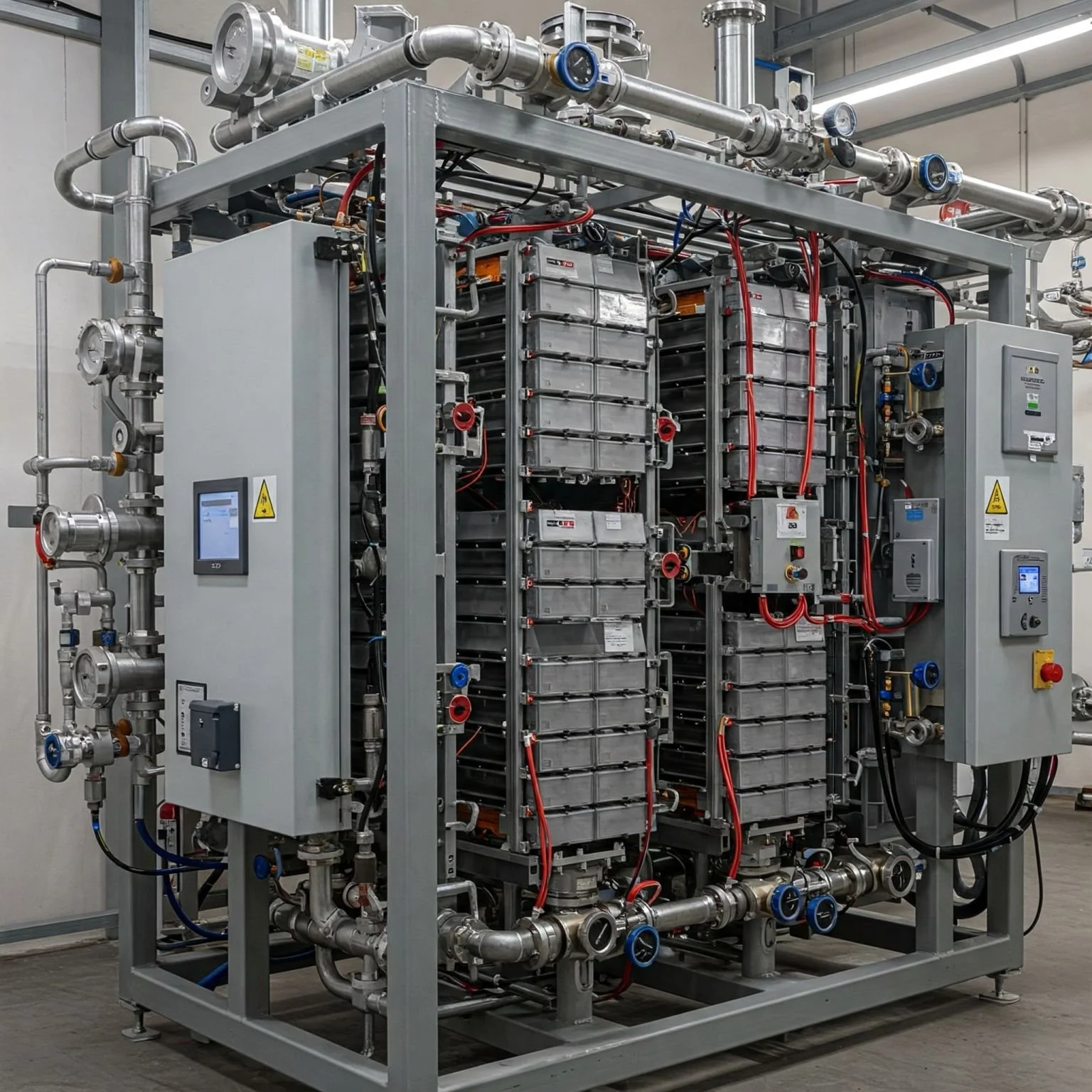Q and A with HYDErogen
Under the spotlight: Hydrogen electrolyser technology
In an interview with guest contributor Dr Kris Hyde, we speak to him about the basics of hydrogen electrolyser technology and what to consider when choosing from the various options.
Dr Hyde, a specialist in electrolysis technology, is director of HYDErogen, a consultancy firm offering technical and commercial advice on hydrogen-related technology and business.
Let’s start with how to choose between electrolyser technologies. Is it possible to claim that one electrolyser technology is better than another?
This is a question that I’m regularly asked by my clients, so here are my views!
If you read any electrolysis book they’ll tell you the basics:
1. Alkaline is low cost and reliable, but poor at load following
2. Proton Exchange Membrane (PEM) is more expensive but great at following loads, so more suitable for renewable energy sources
3. Solid oxide electrolyser cells (SOEC) are efficient, but high-cost and can deteriorate with thermal cycling.
Image courtesy of HYDErogen
As statements, these are ‘generally’ true, but people have extrapolated these to statements such as: “You’re connecting to renewable energy sources – you need PEM” or “You’re on a budget, you need alkaline”.
These are not necessarily true – let me explain why. About 15-20 years ago, researchers at universities around the world connected PEM and alkaline electrolyses to small (10s kW) wind turbines to see how they performed. The result was very clear: PEM kept up with every gust of wind, while alkaline struggled, hence the doctrine of “use PEM for renewables”.
But these days we are not talking about connecting to a small turbine – we’re usually discussing connecting to an offshore wind farm of hundreds of MW (or more).
Due to their scale, number of turbines and shear momentum, a gust of wind has negligible effect: their output rises and falls slowly – slow enough for alkaline to keep up.
What also needs to be considered is that most of the world’s large electrolysers are not directly coupled to renewable energy, but are running from the grid, and using green certificates.
What are the cost implications of the various technologies?
Generally, alkaline is low-cost. But a new generation of PEM technology is challenging this assumption, competing directly against alkaline.
So with that in mind, how would you choose between the technologies?
Again, generally, if you’ve got a small-scale renewable system, I would recommend PEM technology. If you have large-scale renewable infrastructure or are grid-connected, both PEM and alkaline electrolysers should be adequate.
Where do you think the market will be in ten years’ time?
Five years ago, SOEC was a lab curiosity. Now there are MW scale systems in the field – too small to be considered ‘industrial’ but a great proof of concept. In ten years’ time I’d expect SOEC to be in the hundreds MW to GW scale. For this scale of plant, it would be hard to justify using a technology other than SOEC. However, there is plenty of time for other technologies to improve!
***
More about HYDErogen
HYDErogen can offer technical due diligence services, help solve real-world problems, and is backed by an engineering sister-company to produce original equipment.
Contact Kris Hyde on LinkedIn.


